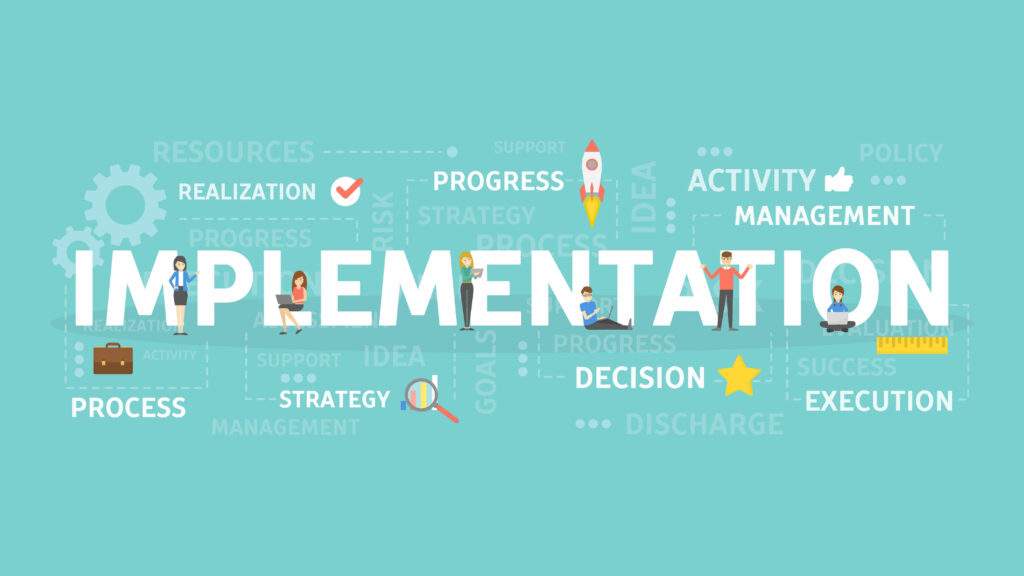Making the decision to implement an ERP system is like choosing a new engine for your business. It’s not just about finding the right fit—it’s about preparing for the road ahead. An ERP implementation may seem daunting, but with the right approach, you can keep your business running smoothly through the process.
If you’re reading this, you’ve probably already decided that ERP system implementation is the way forward. Now, the question is: how do you get from Point A (your current operations) to Point B (a fully functioning ERP system) without derailing your daily workflow? Let’s take a look at how to make the transition as smooth as possible.
Start with Clear Goals
Every successful ERP implementation begins with clarity. Before diving into the technical details, you need to ask yourself: what exactly do you want this ERP system to achieve for your business? Whether it’s simplifying your financial tracking, improving order fulfillment, or better managing customer relationships, your goals should be specific and actionable. Having clear objectives will help guide every decision throughout the ERP system implementation process.
Select an ERP That Matches Your Business
Not all ERP systems are the same, and that’s a good thing. Your business has its own unique challenges and needs, so your ERP should reflect that. Choosing the right system isn’t about picking the most popular option—it’s about finding the one that works for your specific situation. If you’re a small or mid-sized business, for example, look for an all-in-one ERP solution that offers the flexibility to grow with you. The right system will make your ERP implementation smoother, without the unnecessary complexity that larger organizations may require.
Work with an ERP Implementation Consultant
You don’t have to go it alone. An ERP implementation consultant can be your best ally during this transition. They bring a wealth of experience and can provide insights you might not have considered. Whether you need help customizing the system to fit your existing workflows or simply need advice on best practices, a consultant can make sure your ERP implementation is on the right track. More importantly, they can help avoid costly mistakes that could set your project back.
Test, Test, and Test Again
Testing isn’t just a box to check off—it’s the phase that can make or break your ERP system implementation. Before your system goes live, you’ll need to put it through its paces. This means running real-world scenarios and making sure every feature functions as expected. Your team should be involved in this process, as they’ll be the ones using the system day in and day out. Testing might seem tedious, but it’s better to catch issues now rather than when you’re trying to meet a critical deadline.
Support Your Team with Training
When it comes to ERP implementations, your system is only as good as the people using it. Once your system is up and running, make sure your team is prepared. Training should be tailored to the roles and responsibilities of each user. Some might need to understand the big picture, while others need a more in-depth understanding of specific features. Whatever the case, ongoing training and support will help ensure that your ERP implementation is not just a one-time event, but a long-term success.
Monitor and Adapt Post-Launch
Once your ERP system implementation is live, the work isn’t over. In fact, this is just the beginning. You’ll need to keep an eye on how the system is performing and make adjustments as needed. New challenges will arise, and your business needs might evolve. That’s why it’s crucial to stay engaged with your system and be ready to adapt. Working with your ERP implementation consultant, you can fine-tune the system to meet changing demands and ensure that it continues to drive value for your business.
Final Thoughts
ERP implementations are more than just a technical project—they’re a transformation of how your business operates. By starting with clear goals, selecting the right system, leveraging expert help, and providing ongoing training and support, you can ensure a successful transition. The road to ERP system implementation may be long, but with the right preparation and mindset, you’ll get to your destination without unnecessary detours.





